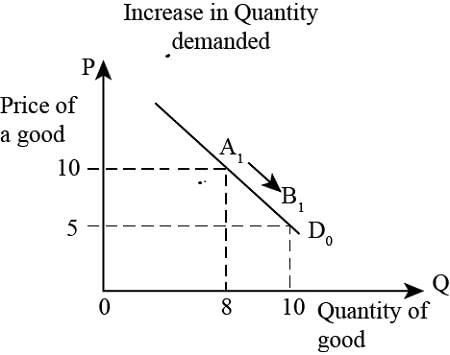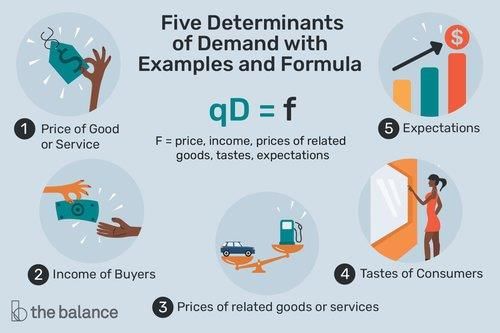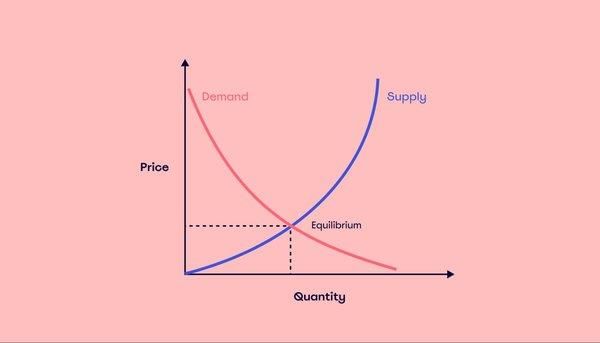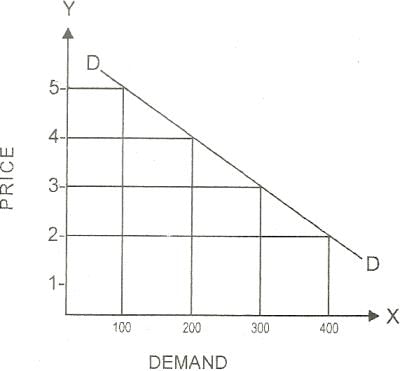|
Demand for a commodity is defined by the quantity a consumer is willing to purchase and can afford, considering the product's price, along with the consumer's ___ and ___. |
Card: 1 / 46 |
|
A desire becomes a want when the individual has the capability and willingness to fulfill it.
|
Card: 4 / 46 |
|
Fill in the blank: Demand is intrinsically linked to the commodity's price, asserting that the quantity demanded ___ with price fluctuations. |
Card: 5 / 46 |
|
Riddle: I can be a mere wish without the means to acquire, but when I turn into a want, I have the ability to inspire. What am I? |
Card: 7 / 46 |
|
Demand is articulated in relation to a specific time frame, indicating that demand levels can shift based on the period, even if the price remains constant.
|
Card: 10 / 46 |
|
True or False: Demand remains static and does not change over different periods. |
Card: 11 / 46 |
|
Desire is a simple wish for a commodity without the means to acquire it, while demand is influenced by price and represents the quantity consumers are willing and able to purchase.  |
Card: 14 / 46 |
|
The individual demand function is expressed as Dx = f(Px, Pr, Y, T, F). What do each of the variables represent? |
Card: 15 / 46 |
|
Px represents the price of commodity x, Pr is the price of related goods, Y denotes the income of the consumer, T stands for taste and preference, and F indicates expectations of future price changes. |
Card: 16 / 46 |
|
Market demand is influenced by individual demand factors plus additional factors. Name three of these additional factors. |
Card: 17 / 46 |
|
The additional factors include the size and composition of the population, seasonal and weather variations, and income distribution. |
Card: 18 / 46 |
|
True or False: The demand function illustrates the relationship between price and quantity supplied. |
Card: 19 / 46 |
|
False. The demand function illustrates the relationship between quantity demanded and the factors that influence it.  |
Card: 20 / 46 |
|
Fill in the blank: The quantity demanded (Dx) depends on the price of the commodity (Px), the price of related goods (Pr), consumer income (Y), taste and preference (T), and ___ (F). |
Card: 21 / 46 |
|
Riddle: I determine how much of a good people want to buy, influenced by prices and preferences. What am I? |
Card: 23 / 46 |
 Unlock all Flashcards with EduRev Infinity Plan Starting from @ ₹99 only
|
|
Individual demand refers to the quantity of a commodity that a single consumer is willing and able to purchase, while market demand represents the total quantity that all consumers are willing and able to buy at various price levels. |
Card: 26 / 46 |
|
If the price of a related good increases, what is the expected effect on the demand for commodity x, assuming they are substitutes? |
Card: 27 / 46 |
|
The demand for commodity x is expected to increase because consumers will substitute the more expensive related good with commodity x.  |
Card: 28 / 46 |
|
The primary determinants of market demand include the price of the commodity itself, the price of related goods, consumer's income, consumer tastes and preferences, and expectations of future price changes. |
Card: 30 / 46 |
|
A demand schedule illustrates the relationship between commodity price and ___ at different price levels within a specified time period. |
Card: 31 / 46 |
|
True or False: The market demand schedule is the sum of all individual demand schedules at each price level. |
Card: 33 / 46 |
|
Fill in the blank: Individual demand schedules show various quantities of a commodity a single consumer is willing to purchase at different prices during a defined ___ period. |
Card: 35 / 46 |
|
What happens to the quantity demanded of a commodity when its price decreases? |
Card: 37 / 46 |
|
The quantity demanded increases as consumers are willing to purchase more of the commodity at lower prices.  |
Card: 38 / 46 |
|
I am a table detailing quantities of a commodity demanded at various prices. What am I? |
Card: 39 / 46 |
|
When the price of a commodity rises, the market demand generally ___ according to the law of demand. |
Card: 41 / 46 |
|
Riddle: I summarize how much of a good all consumers want at various prices, and I can be expressed as Dm = DA + DB + ... What am I? |
Card: 43 / 46 |
|
What factors can influence the size and composition of the population affecting market demand? |
Card: 45 / 46 |
|
Factors include migration patterns, birth rates, death rates, and demographic changes.  |
Card: 46 / 46 |



































